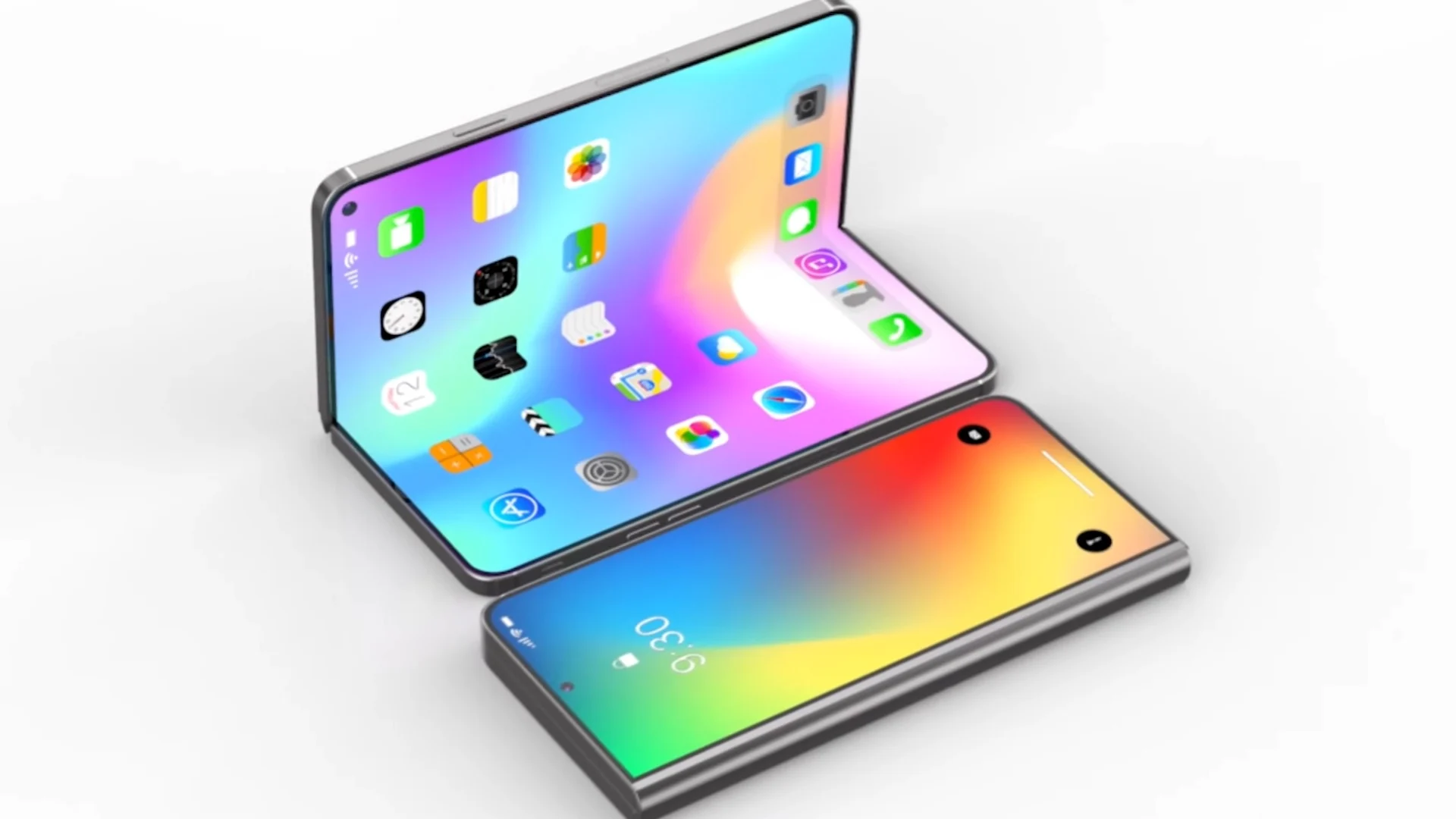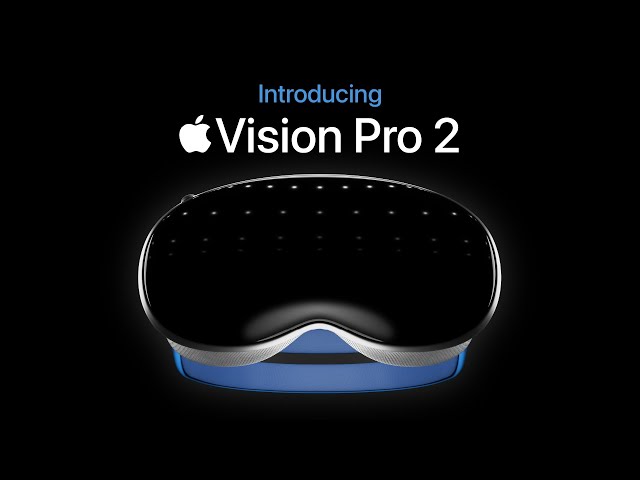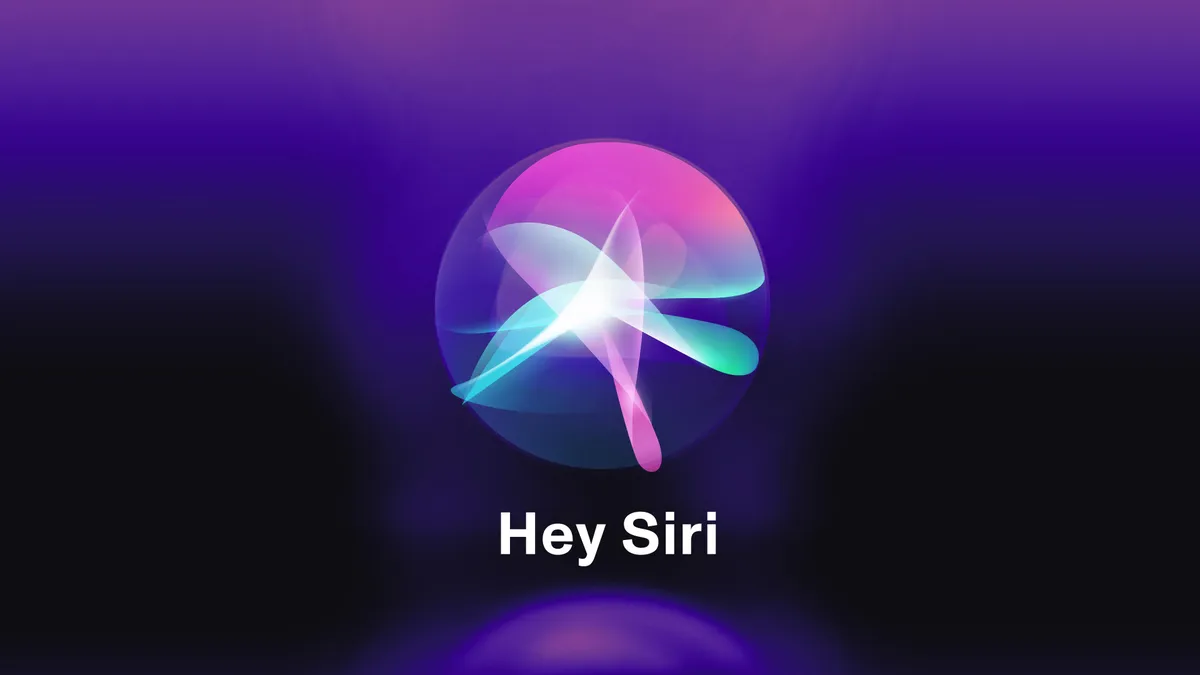Apple is working on a foldable iPhone, but it might come with a much higher price tag than expected. According to a report from The Information, this new foldable model could cost around $1,500 to $2,000, making it at least $1,000 more expensive than the current iPhone 15 Pro Max.
Apple is reportedly testing two types of foldable phones. Both are said to have an iPhone-style design that folds like a clamshell. These prototypes are still in the early development phase, and Apple hasn’t fully committed to launching them yet.
Sources suggest that Apple wants to make the foldable iPhone as thin as its regular models, which is a big challenge. The company is working on reducing the size of the screen and battery to make the foldable design more practical.
Some earlier reports claimed that Apple was planning to release a foldable iPhone by 2026, but with the design and technical hurdles still being worked out, it’s possible the launch could be delayed—or canceled altogether if the device doesn’t meet Apple’s standards.
In the meantime, Apple is also developing a foldable iPad, which could arrive sooner than the iPhone version. This iPad may feature an 8-inch display and serve as a test for Apple’s foldable technology.





